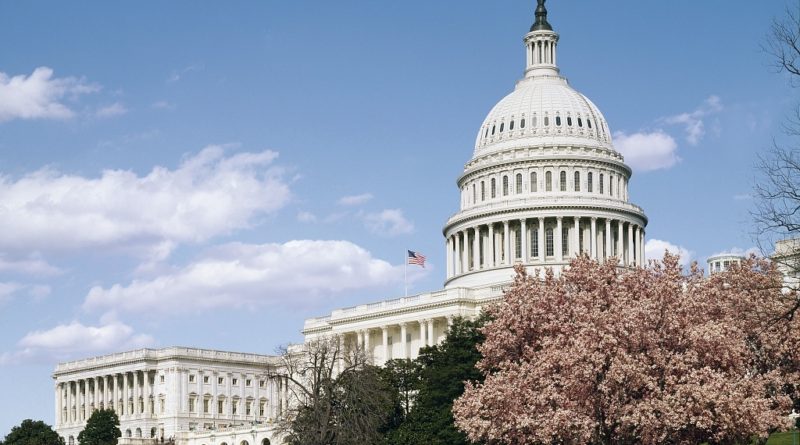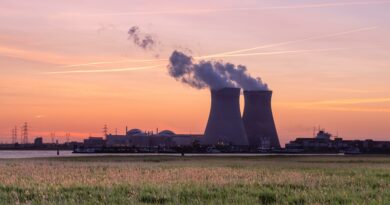Inflation Reduction Act Year Two: A Clean Future in Clear Focus
Here is a look at the U.S.’s Inflation Reduction Act so far.
According to Energy.gov, as the largest climate investment in U.S. history, the Inflation Reduction Act of 2022 (IRA) brought the Biden-Harris Administration’s vision for a just, globally competitive, and decarbonized economy into focus. Two years later, signs that the IRA is steadily bringing the President’s Investing in America agenda to reality is nowhere clearer than in the private sector’s interest in the U.S. Department of Energy’s (DOE) Loan Programs Office (LPO).
On the IRA’s first anniversary, I highlighted the groundwork LPO had laid in the year prior to ensure the effective and efficient use of IRA funds. Today, on the second anniversary of the IRA, I’d like to take the opportunity to look back on a year in which we saw our efforts earnestly reflected in the volume of interest in our programs and the quality of projects for which LPO announced support.
TITLE 17 CLEAN ENERGY FINANCING
Providing Resources: With IRA Title 17 program funding available through September 30, 2026, LPO gave extra attention to ensuring the IRA-created Energy Infrastructure Reinvestment (EIR) program is well understood by potential applicants. We also released well-received guidance on how the Section 1703 categories (Clean Energy, Innovative Supply Chains, and State Energy Finance Institution [SEFI]) can support critical minerals processing, manufacturing, and recycling projects—project types LPO was unable to support prior to the IRA. Finally, our state outreach team continued to drum up interest in the SEFI category through nationwide engagement and new applicant resources. We saw more than a dozen state organizations establish pathways for clean energy project developers to access state and federal financing opportunities in response.
In the second year since the IRA’s passage, the Title 17 Clean Energy Financing program saw six conditional commitments announced, totaling just over $5 billion, as well as the closing of a $3 billion loan guarantee. In March, the Holtec Palisades conditional commitment marked the first ever EIR announcement, followed by a second in July with Clean Flexible Energy’s Project Marahu, a collection of utility-scale solar and battery storage projects in Puerto Rico.
Whether it is remote methane detection or cleaner steelmaking, the range of technologies undergoing commercialization in other announcements is in no small part thanks to the competencies of LPO’s growing inhouse technical team and its access to DOE’s nationwide, world-class expertise. Scaling innovative deployments like these are critical if we expect hard-to-decarbonize industrial processes to contribute to the Biden-Harris Administration’s goal of 50-percent reduction in economy-wide net greenhouse gas pollution by 2030.
As of July 31, 2024, the Title 17 program had a remaining $127.6 billion of loan authority across its four categories, a figure outsized by loan requests currently in the pipeline.


